

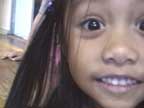 |
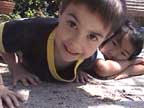 |
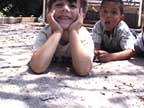 |
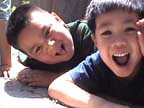 |
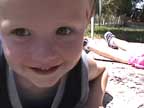 |
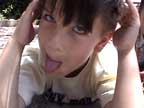 |
Once the directional icons had been programmed and tested, those individual "dance steps" were pulled into the program. The younger children (3-4 year olds) identified the dance step that came next and clicked and dragged that icon into the program.
With a click of the mouse, the completed program was downloaded to the rover. The rover was then turned on and the program was initiated. The programming was tested, as the rover was put through its paces. The children gave the dance commands in Spanish, predicting each movement the rover would make. They were thrilled to see their rover do the same dance they had learned.
The testing phase was exciting. Lying on their tummies on the floor, the children were able to predict exactly where the rover would go and stay out of its way. Through many repetitions, they would position themselves so the rover would come right up to their noses without hitting them. The teacher only needed to reposition the rover and press the start button again, observing the children learning.
| Home | Contact Us | Credits | Sitemap |
© 2003 - Imagiverse Educational Consortium